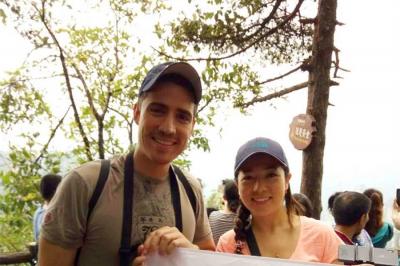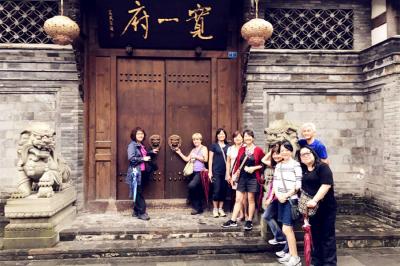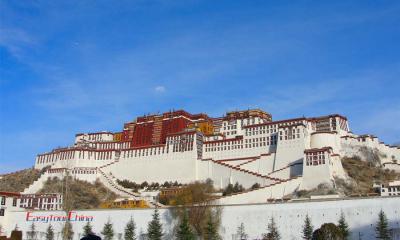Baisha Village
Nestling beneath the lofty Jade Dragon Snow Mountain, 8km away on the north of Lijiang Old Town, Baisha Village is one of the oldest villages in Lijiang City. “Baisha” means “white sand” and it got its name from the natural white sand in the area. Baisha Village is not only the cradle-land of the Tusi Dynasty evolved from the Mu Clan, but also the first Naxi minority ancestor settling stronghold. It is right from this place that the Naxi began to form the idea of building a city with a market square as center and streams as skeletons, and it was also in this place that they began to learn the culture, knowledge and technology of the Han people.
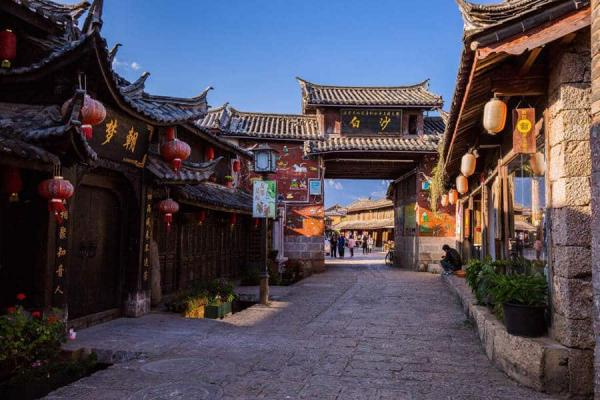
Baisha Village Facts
-Chinese name: 白沙古镇
-Location: Baisha Town, Yulong Naxi Autonomous County, Lijiang
-Opening Hours: Whole day
-Time needed: 2-3 hours
-Entrance fee: Free
-Best Time: April – October
What to See at Baisha Village
Many ancient constructions built in the Ming Dynasty: the Dabaoji Palace, the Liuli Temple and the Wenchang Palace, the well-known Baisha Frescoes situated in the Dabaoji Palace are well preserved in the village. It has accumulated rich experiences for the later construction of Lijiang Old Town in its wood dwelling architecture, the labyrinth layout and the canal system. The biggest attraction in this village is Baisha murals which are mostly from the Ming Dynasty (1368-1644). This is a very worthwhile place to go for your Lijiang Trip.
Dabaoji Palace, the backyard of temples built in the Yongle Period of the Ming Dynasty at the end of Baisha Old Street, is where the 28 fresco groups housed, Among all the murals in the palace, the painting about the Sakyamuni explaining the sutra passages to his disciples is the most famous and valuable one. Another famous attraction in this village is a living person--Dr. Ho Shixiu, an old Chinese herbal doctor that has been featured by BBC, National Geographic and some serious magazines for his herbal cures. You will learn more about the local cultural through this trip.
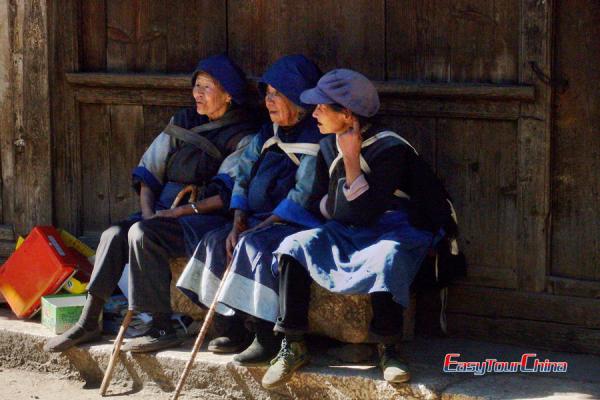
Major Baisha Village Attractions
Baisha Murals
The painting of Baisha murals lasted for more than 300 years from the early Ming Dynasty to the early Qing Dynasty. The late Ming Dynasty and the early Qing Dynasty are the prosperous period of Lijiang murals, which has a history of 500 years. There are 55 pieces of Baisha murals in the town, most of them were created in the Ming and Qing Dynasties. Now they are stored in Dabaoji Palace, Liuli Palace, Dading Pavilion and Dajue palace respectively. The murals at Dabaoji Palace are the largest one in Lijiang, they were painted in Wanli period of Ming Dynasty, there are 12 murals with 167 characters in total. In the same mural, there are not only the Buddhist statues of Han Buddhism and Taoism, but also the Buddhist statues of Lamaism. The religious mural that contains different religious elements is very rare.
Sifang Street
The center area of Baisha ancient town is called Sifang Street, which used to be a prosperous trade center. The Sifang Street of Baisha Ancient Town is the rudiment of the Sifang Street of Shuhe Ancient Town and Lijiang Ancient Town. Baisha Town is the earliest political, economic and cultural center of Lijiang with a history of more than 1000 years. Now Sifang Street is still the main place for local people to sell vegetables. The original vegetables and the old women in traditional Naxi costumes are a unique scenery on Sifang Street.
Big Stone Bridge
About 200 meters to the west of Sifang Street is the Big Stone Bridge, which is the oldest Dashiqiao in Lijiang. This bridge is the prototype of Qinglong Bridge in Shuhe Ancient Town and the stone bridge in Lijiang Old Town. It is an important road that connect Baisha Village and Yanjiao Village, and the ancient tea horse road passed by here.
Baisha Airport
About 5 kilometers east of Baisha Ancient Town, there is an abandoned runway, which was once the airport of the Flying Tigers during World War II. On February 3rd 1936, the first plane landed on this runway, which was a very sensational and remarkable event in southwest China at that time. The first passenger of the plane was Mr. Joseph Locke, an American Explorer. He rented a plane to take off from Kunming, made a circle around Yulong Snow Mountain, and landed on this natural smooth runway. During World War II, more than 1500 American pilots died on this death route, and more than 1000 aircraft were destroyed. The old people in Baisha village still remember the amiable American soldiers of that year.
How to Get to Baisha Village
By Car: It is to take taxi from Lijiang Old City to Baisha Village, the round trip cost is around RMB40
By Bus: Take bus No.6 to Baisha Road Intersection and then walk to the village.
By Bike: Baisha village is about 12km away from Lijiang Old City, you can ride a bicycle to go there during your tour in Lijiang.
